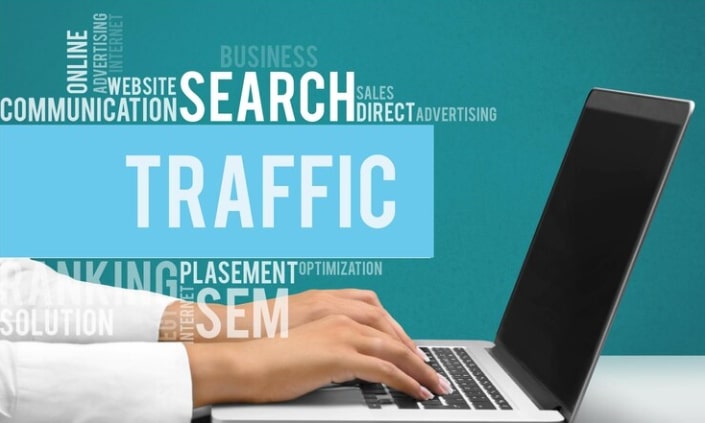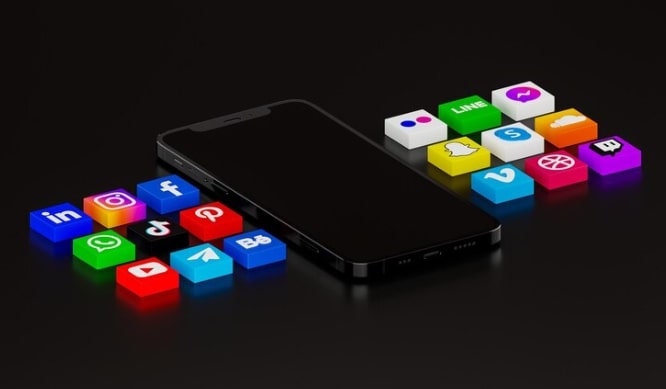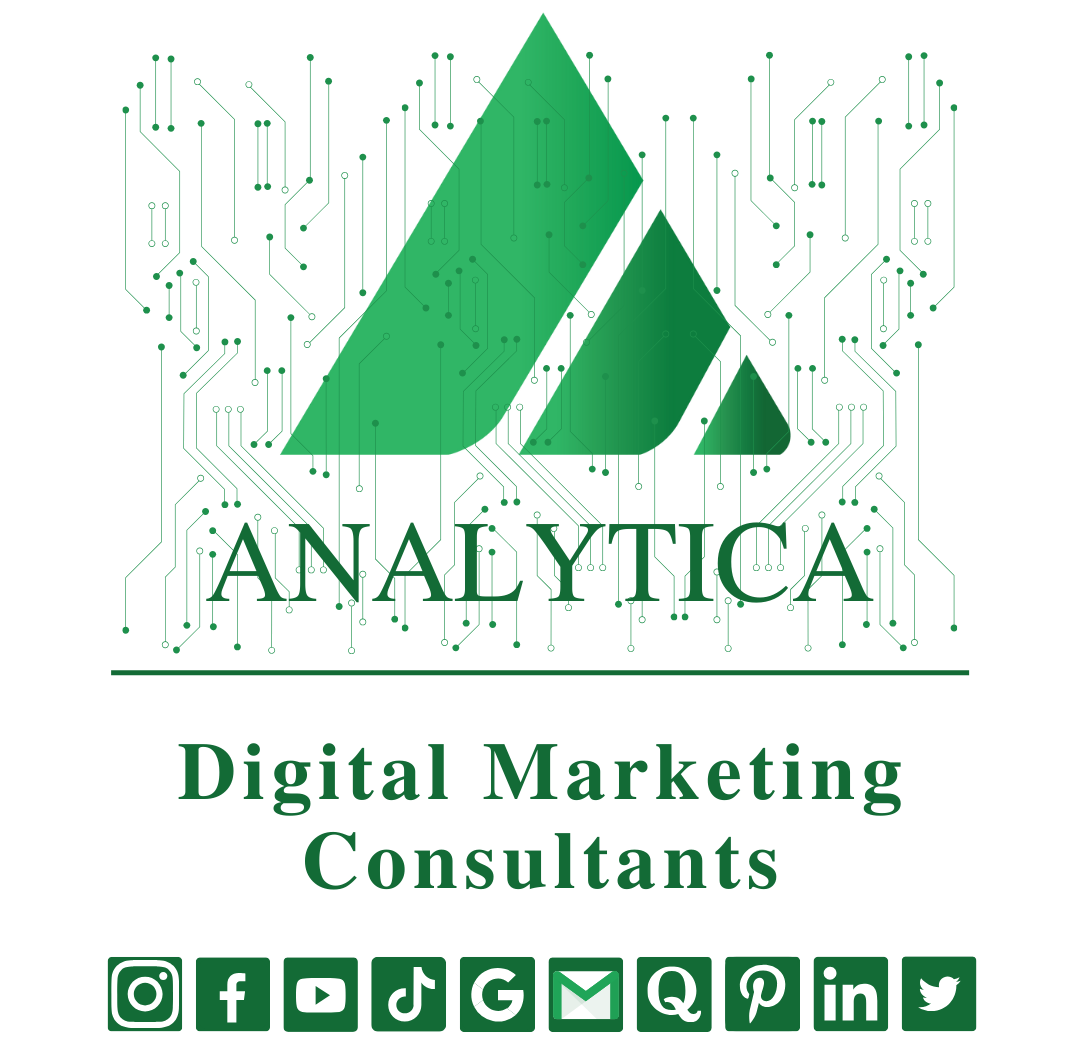7 Popular Content Types and How to Use Them

The Content Marketing Strategy of 2023
The importance of developing the finest content marketing plan for your brand must be emphasized before moving on to the best content kinds to increase your online presence and rating on search engines.
According to the Content Marketing Institute, strategy problems and a lack of strategy are the main causes of content marketers’ failure. To attain your goals more effectively this year, start by developing a content marketing strategy before you start creating your content.
The following will be necessary for you to have a successful content strategy:
- A list of your goals from content marketing: What do you hope to accomplish? Are you primarily interested in raising brand awareness or are you hoping to generate more leads through content? Does increasing blog traffic or enhancing customer retention top your list of priorities? Whatever your objectives, putting them into perspective can help you more effectively plan the steps you must take to get them.
A study of your target audience:
You must create material that is relevant to your target audience if you want it to be successful. But what are your impressions of them? What are their passions and areas of interest? What needs do they have? What are the subjects they want to read about or research? You will be able to target your material to them more effectively the more you understand your audience.
Content Creation:
What kinds of material will you produce and when? An editorial calendar will help you organize your content creation, ensure that you always have content available when it’s needed, and save you time.
Content Promotion:
How will you publicize your content? When you publish a new piece of content, your work will be made much easier if you have a clear plan for how to promote it. A different promotion strategy will be needed for some content categories than others, so be sure to take all of these into consideration.
Analytics:
How will you evaluate the effectiveness of your digital content? It’s crucial to keep track of your analytics because doing so will enable you to modify and tweak your strategy as required.
The internet’s currency is content, and businesses can choose from a wide variety of content types to engage audiences, expand into new markets, and offer customers value. Although having excellent content is crucial, how you present it is equally essential. Compared to other content types, some offer higher ROI and better engagement over time.
But it can be challenging for marketers and brands to decide which kinds of content to concentrate on given the wide variety of content available. Various content types serve various objectives. To get the most out of your content, your content marketing strategy must be smart because some types of content are about driving traffic while others are about data collection.
Popular Content Types
Let’s examine the top 7 content types/categories and how you can use them to promote development and sales.
1. Blogs
Although blogging has been around for a while, it has evolved, particularly when it comes to companies using blogs to engage audiences.
You should write well-written, excellent, and pertinent articles. In order to establish authority, trust, and relationships with their audience and increase conversions, they should also concentrate on subjects that interest them. A blog also has the advantages of being relatively simple to write and publish, shareable, and readily found by search engines.
Optimum Blogging Techniques:
You can use services like WordPress, Tumblr (which has acquired popularity since Elon Musk took over Twitter), Medium, and Blogger if you don’t have a self-hosted blog.
However, blogging requires commitment, and in order to gain readers, you must be willing to write frequently—at least once per week or every few days. Every post should have a CTA (call to action) and trustworthy internal and external links to other material.
Tip:
Use an SEO Keyword Research Toolkit to assist you in adding relevant keywords to your posts to make sure you are reaching the correct audience and appearing in search results.

2. Listicles
Despite their popularity, list pieces may come off as a bit odd. This is due to the fact that when done well, they are simple to comprehend, scannable, visually appealing, and interesting.
Listicles are simple to write from the standpoint of content creation because, once you have a topic and a number, all you need to do is investigate and fill in the blanks. But that doesn’t mean you can just throw together a listicle without giving the content any consideration; it needs to be educational, pertinent, and of the highest caliber.
Listicle best practices:
To avoid confusing readers, always number your subheadings in a listicle and make sure the number corresponds to the headline. Like other content types, lists should still have an opening and a conclusion, and they should be optimized for search engines. You can include as many numbers as you like in your lists; long lists are just as acceptable as short ones, but it’s always essential to pay attention to the details.
Tip:
Creating catchy and original headlines is a crucial component of writing list articles, but make sure the heading corresponds to the content.

3. Ebooks
Long-form material known as ebooks is produced as electronic books and made accessible as PDF or HTML downloads. You can use this kind of material as a fantastic platform to share your knowledge and experience on a particular subject. Ebooks have a variety of advantages, such as lead generation, reputation building, expanding email lists, and enhancing your overall content offering.
Ebook best practices:
An ebook’s primary goal should be to offer answers; otherwise, your audience won’t find it useful.
Reduce the amount of time you invest in advertising as a result, and concentrate more on broad-based fixes. A good rule of thumb for ebooks is to minimize the advertising content because you’ve already obtained their contact information.
Ebooks can be lengthy, so use chapters, subheadings, bullets, graphics, infographics, and other engaging design elements to split up the text. The title and the design are also important because they will draw people in and keep them reading.
It’s best to have a strategy in place before you begin writing this kind of content because it requires research, effort, and excellent writing.
Tip:
Although the material need not be timeless if it is, you will see a long-term return on your investment and be able to use the ebook to continue expanding your audience long after it has been released.
4. Infographics
Because they show a lot of information (like statistics, research, and other data) in a visual format that is interesting, digestible, and shareable, infographics are among the most popular kinds of content you can produce.
The Content Marketing Institute reports that infographic utilization among B2B marketers has increased by 67 percent over the past few years. In addition to increasing website traffic, they can help you develop high-quality backlinks and expand your community.
Best practices for infographics:
Design skills are needed to create infographics, and it’s crucial to include white space, segment information, use a legible font, and use complementary colors to keep viewers interested.

5. Video
According to The State of Video Marketing study, videos are an effective form of content. 93 percent of marketers say that videos are an essential part of their marketing, and 78 percent of video marketers claim that videos have increased sales.
Video content has the power to draw viewers in, boost shares and comments, encourage conversions, and improve website traffic. You may want to think about interviews, lectures or how-to videos, behind-the-scenes videos, and explainer videos. You can post your videos on a variety of websites, including TikTok, Instagram, and YouTube.
Video best practices:
The primary goal of a video should be to add value for your audience by responding to inquiries, offering solutions, addressing problems, or conveying other pertinent information.
Tip:
Recall that you are producing information, not advertisements. Videos should be between two and three minutes long, with a CTA that directs users to your website or a landing page.
Speaking of viral films, they will still be the most popular form of content in the 2020s. It is the type of material that is most widely used today.
The benefits of video material are well known, but they merit reiteration in this context. Because of it, the movie is excellent:
- Utilizes audio and visual material.
- Text or other static material bolsters.
- Transcripts are used to provide SEO assistance.
- Able to be shared and uploaded to other networks.
6. How-to Guides
How-tos and instructional content are similar to lengthy blog posts that provide detailed instructions on how to accomplish various tasks, construct things, and more.
Your guide’s content will rely on your target market and industry, but this kind of content is excellent for exchanging knowledge, fostering trust, and expanding email lists.
Guidelines for optimal practices:
These must have excellent writing because they must instruct readers in a job clearly and succinctly. With graphics, diagrams, screenshots, videos, and other elements to demonstrate important points or challenging steps, the layout and design should make the piece simple to read.
Tip:
For your audience to comprehend the logic and flow of the guide, you must be aware of it. Ask a friend or trusted colleague to look it over to make sure it makes logic!

7. Case Studies
Case studies are a fantastic B2B content type because they use actual feedback from customers or real-world situations to illustrate typical problems and difficulties your audience may encounter.
It’s a wise option for content because it shows potential customers how your company’s name, goods, or services can assist in resolving issues they might be having. Customer devotion will rise as a result of this strengthening of ties.
Best practices for case studies:
Summarize the issue your client was having to start. Next, discuss the answer while giving prospects practical, step-by-step examples they can use to replicate the procedure. Give a brief summary of the outcomes your client experienced as a result of using your goods or services.
Tip:
Consider it more as a success story than a case study and concentrate on the hows and whys of the narrative to make the content interesting and relatable. Don’t neglect to offer a strong CTA as part of your conclusion.
Eight Practices for Choosing High-Return Content
There are several ways you can produce high-ROI material that will increase your audience engagement, links, and conversion. However, make sure you’re doing it correctly no matter what kind of material you produce. For success, remember these crucial guidelines.-
Stay on Topic
-
Hire Professionals
-
Practice Patience
-
Be Willing to Adjust Your Approach
-
Diversify Your Formats
-
Do Your Research
-
Create a Content Strategy
-
Use Modern SEO Best Practices
You May Also Like

Search Engine Marketing (SEM)
Search engine marketing, or SEM, is one of the most productive ways to grow your business in a wide competitive marketplace. With millions of businesses out there all varying for the same eyes, it’s never been more important to advertise online. Search engine marketing...

Tips to Content SEO
The technique of optimizing your website’s content for Search Engine Results Pages is known as content SEO (Search Engine Optimization) (SERPs). The objective of content SEO is to provide material that is both optimized for search engines and relevant and helpful to your target audience...

Affiliate Marketing (AM)
Affiliate marketing is where you promote and encourage another company’s product or service. When someone purchases through your affiliate link, you earn a commission. These are usually a percentage of the sale price or a fixed amount So affiliate marketing...

Mobile Media Marketing (MMM)
Mobile media marketing is a technique of marketing via social media on mobile devices. Mobile media marketing is an advertising activity that promotes services or products. It makes use of mobile phone media such as sms, apps, or especially social media...
